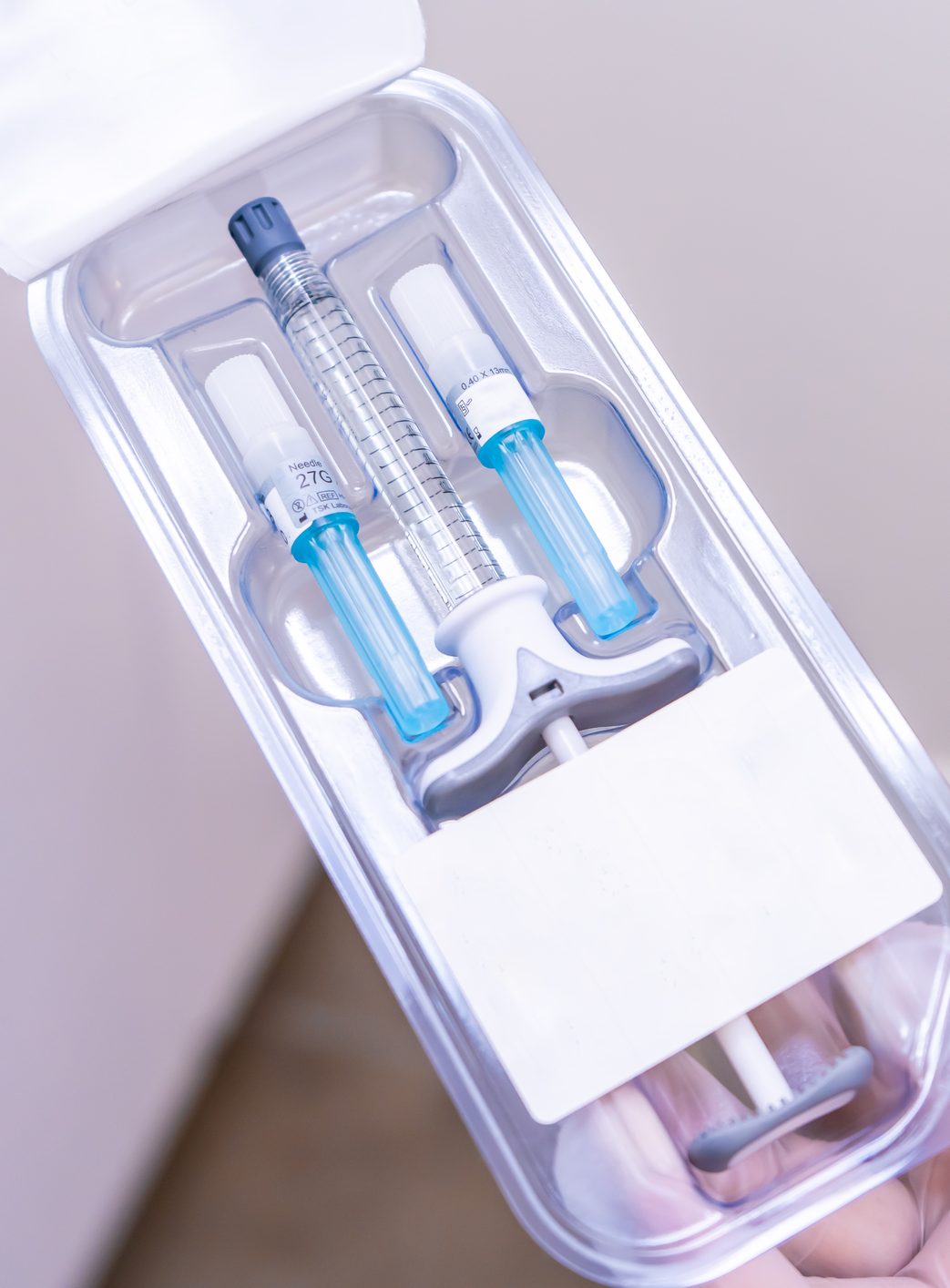Perfect Results with Dermal Fillers and Other Procedures
Dermal fillers are a popular cosmetic procedure for facial rejuvenation. These injectable fillers work wonders in restoring fullness, smoothing skin folds, and enhancing facial features. But their potential is amplified when combined with other treatments. Here, we’ll explain the benefits, address common concerns, and discuss how these procedures can help you achieve a youthful, natural look.
Article's contents
- What Are Dermal Fillers?
- Why Combine Dermal Fillers with cosmetic procedures?
- Popular Treatment Combinations
- Key Considerations for Combining Procedures
- Addressing Risks and Side Effects
- When Fillers Are Not Suitable
- Benefits of Dermal Fillers
- Choosing the Right Professional
- Conclusion
- Frequently asked questions

What Are Dermal Fillers?
Dermal fillers are soft tissue liquid implant injected beneath the skin to add volume, smooth wrinkles, and reduce fine lines. They’re commonly used for areas like smile lines, crow’s feet, frown lines, and marionette lines. Popular types of dermal fillers include:
- Hyaluronic acid fillers, such as Juvederm and Restylane, which are versatile and effective for plumping lips and enhancing cheekbones.
- Poly-l-lactic acid biorejuvenators, such as Sculptra, which stimulate collagen production to restore fullness over time.
- Calcium hydroxylapatite fillers, like Radiesse, perfect for deeper wrinkles and volume enhancement, as well as skin tightening.
- Polymethylmethacrylate (PMMA) and collagen fillers, like Bellafill, offering long-lasting correction for deep and superficial creases, as well as acne scars.

Dermal fillers use a gel-like substance to provide immediate results. However, like any medical treatment, dermal filler procedures can have risks. Patients may experience redness, swelling, bruising, or discomfort at the injection site. Choosing a board-certified dermatologist or cosmetic surgeon ensures safety and optimal results.
Why Combine Dermal Fillers with cosmetic procedures?
A combined approach allows you to:
- Enhance results: Address multiple concerns, like volume loss, crow’s feet, or scars, in one session.
- Save time: Perform complementary treatments during one visit to the doctor’s office.
- Minimize downtime: Recover from multiple procedures simultaneously.
Combining fillers with other procedures can improve the skin’s texture and tone while addressing volume loss, providing a natural, youthful look.
Popular Treatment Combinations
- Fillers and Botox
- Botox relaxes muscles that cause creases, such as on the forehead, while fillers like Juvederm or Restylane restore volume in cheeks and lips. This combination smooths both dynamic and static wrinkles for a harmonious result.
- Fillers and Chemical Peels
- Chemical peels exfoliate the skin to improve texture and reduce scars or fine lines, while fillers like Sculptra or Radiesse restore lost volume. Together, these treatments provide a refreshed, youthful appearance.
- Fillers and Laser Treatments
- Laser therapy stimulates collagen production and improves tone, while fillers like Bellafill correct volume loss. This comprehensive approach is ideal for rejuvenating the entire face.
- Fillers and PDO threads
- Combining dermal fillers with PDO thread procedures like non surgical facelifts can enhance results by adding volume to areas that threads alone cannot address.
Key Considerations for Combining Procedures
- Potential Complications
- Overfilling may result in an unnatural look.
- Certain combinations, such as RF microneedling and fillers, may lead to breakdown of the filler due to heat.
- Some patients may experience allergic reactions, inflammation, or other side effects.
- Health and Allergies
- Inform your practitioner of any history of allergies, medical conditions like high blood pressure, or previous cosmetic treatments to minimize risks.
- Safety Standards
- Ensure your practitioner uses FDA-approved fillers and adheres to the highest safety standards. Only a board-certified dermatologist or cosmetic surgeon with experience in dermatology should perform these treatments.
Addressing Risks and Side Effects
While fillers are generally safe, potential risks include:
- Redness, swelling, or bruising at the injection site.
- Rare but serious complications, such as blindness, HIV transmission, or infection.
- Bleeding, inflammation, or discomfort in sensitive individuals.
Choosing fillers tested in clinical trials and working with an experienced professional can help reduce risks.
When Fillers Are Not Suitable
Some treatments cannot be combined with dermal fillers, such as:
- Facial fat grafting (e.g., liposuction) due to the risk of overcorrection.
- Procedures like RF microneedling, which may interfere with the filler’s integrity.
Benefits of Dermal Fillers
- Versatile Applications
- Correct lines and wrinkles, smooth crow’s feet, and enhance lips with options like Juvederm, Restylane, or Sculptra.
- Minimal Downtime
- Quick, in-office procedures performed with minimal disruption to your daily routine.
- Customizable Results
- Choose the best filler, such as Radiessefor volume or Bellafillfor long-lasting results, tailored to your needs.
Choosing the Right Professional
Always select a practitioner with:
- Expertise in dermatology or plastic surgery.
- Access to FDA-approved fillers like Juvederm, Restylane, or Sculptra.
- Proven experience with soft tissue fillers and related procedures.
Conclusion
Combining dermal fillers with other cosmetic procedures like Botox, chemical peels, or lasers can rejuvenate your appearance and restore fullness to your face. Whether you choose fillers like Juvederm or Bellafill, or explore advanced options like Sculptra, the key to success lies in selecting the right professional.
For safe, effective treatments, consult a board-certified dermatologist or cosmetic surgeon. Email us today to schedule your consultation and discover how these innovative treatments can help you look and feel your best!